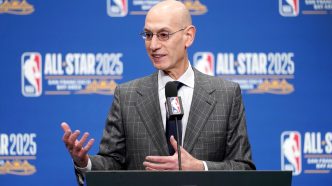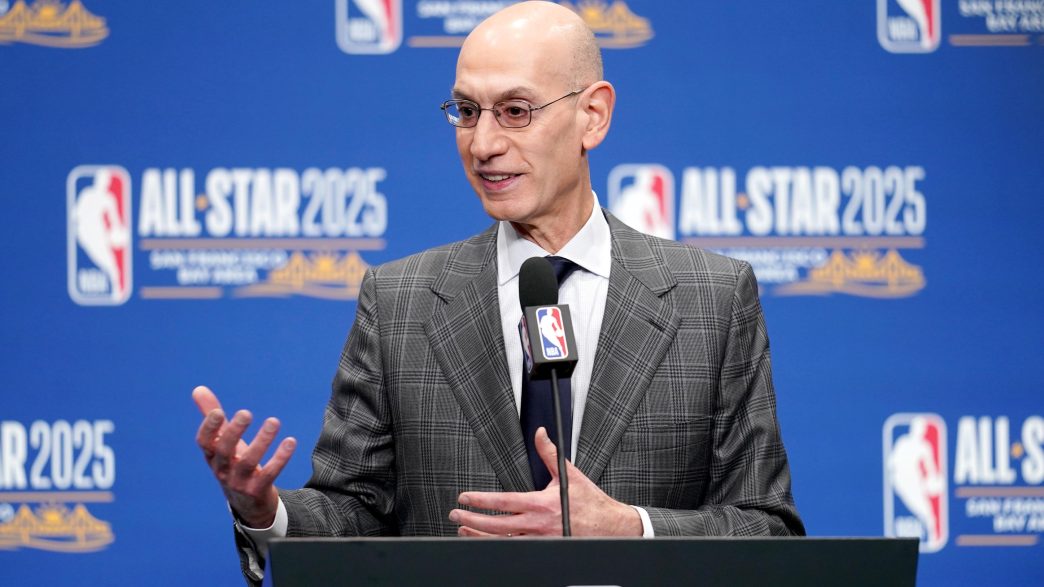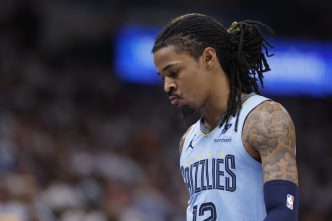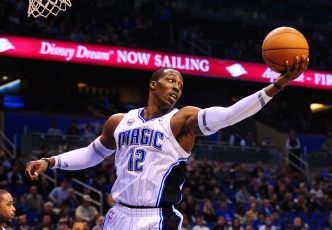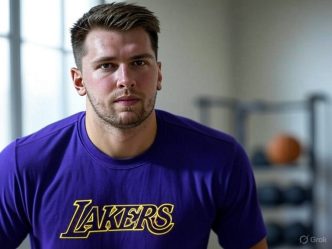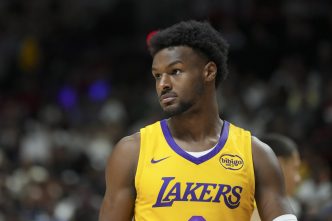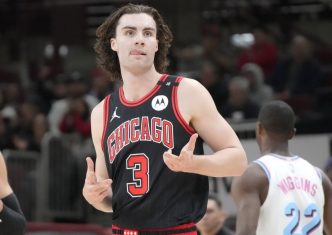Let’s unpack two of the most seismic trades in NBA history—the New Orleans Pelicans sending Anthony Davis to the Los Angeles Lakers in 2019, and the Dallas Mavericks trading Luka Dončić to the same Lakers in 2025. These deals didn’t just reshape rosters; they sent shockwaves through the league, and when you dig a little deeper, they raise some eyebrows about how the NBA’s gears might really turn. Buckle up, because we’re diving into the details, the draft lottery coincidences, and a hint of conspiracy that’s got fans whispering.
First, let’s rewind to 2019. The Pelicans had a generational talent in Anthony Davis, a 7-foot unicorn who could dominate both ends of the floor. Drafted first overall in 2012 out of Kentucky, Davis spent seven seasons in New Orleans, earning three All-NBA First Team nods and becoming the face of the franchise. But by 2019, with the team struggling to build a contender around him, Davis wanted out. The Pelicans traded him to the Lakers in a massive deal, getting back a package of young players—Lonzo Ball, Brandon Ingram, Josh Hart—and three first-round picks, plus pick swaps. It was a haul that gave New Orleans a foundation to rebuild, but here’s the wild part: that same year, with just a 6% chance, the Pelicans won the draft lottery and landed the No. 1 pick, selecting Zion Williamson—a player seen as a once-in-a-generation prospect with the potential to be the next face of the league.
Fast forward to 2025, and the Mavericks pulled off a stunner of their own. Luka Dončić, their 25-year-old superstar who’d led them to the 2024 NBA Finals, was traded to the Lakers on February 1, 2025, in a three-team deal involving the Utah Jazz. Dončić, a five-time All-NBA First Team member and the franchise leader in career triple-doubles, was swapped for Anthony Davis, Max Christie, and a 2029 first-round pick. The Lakers also got Maxi Kleber and Markieff Morris, while the Jazz took on Jalen Hood-Schifino and two 2025 second-round picks to make the salaries work. The trade shocked the NBA—Dončić was seen as untouchable, and the Mavericks’ stated reason, improving their defense with Davis, felt flimsy to many. Just months after the trade, on May 12, 2025, the Mavericks, with a mere 1.8% chance after a 39-43 season, won the draft lottery, jumping 10 spots to secure the No. 1 pick and the chance to draft Duke’s Cooper Flagg, a 6’9” forward hyped as a future MVP.
Here’s where it gets juicy: both the Pelicans in 2019 and the Mavericks in 2025 traded their superstars to the Lakers, and in the same year, both defied the odds to win the No. 1 pick. The Pelicans’ 6% chance in 2019 was improbable enough, but the Mavericks’ 1.8% chance in 2025, leapfrogging teams like Utah and Washington with 14% odds, is the biggest lottery jump ever. It’s almost too perfect, right? The Lakers, the NBA’s golden franchise, get their superstars—Davis in 2019 to pair with LeBron James for a 2020 title, and Dončić in 2025 to usher in the post-LeBron era. Meanwhile, the small-market teams, New Orleans and Dallas, get their shiny new No. 1 picks as a consolation prize, keeping their fans hopeful and their rosters competitive.
Let’s break down the impact. For the Pelicans in 2019, trading Davis gave them a fresh start. Ingram became an All-Star, Ball developed into a solid two-way guard (before being traded), and Zion Williamson, despite injury concerns, has shown flashes of dominance when healthy. The draft picks and swaps gave New Orleans flexibility to build a young core with players like Herb Jones and Trey Murphy III, though they’ve yet to fully capitalize on that potential, sitting at a dismal 12-39 this season. For the Mavericks, the 2025 trade was a gamble. Dončić was a proven playoff performer, averaging 28.6 points, 8.7 rebounds, and 8.3 assists for his career, and his playmaking had carried Dallas to the Finals. Davis, at 32, is a two-way force—averaging 25.7 points, 11.9 rebounds, and 2.1 blocks this season—but his injury history is a red flag, and Kyrie Irving’s ACL tear in March 2025 didn’t help. Now, with the No. 1 pick, the Mavericks have Flagg, a versatile forward who could redefine their future, but fans are still reeling from losing Dončić, with some even protesting outside the arena after the trade.
Now, let’s lean into the conspiracy a bit. The NBA loves its big markets—LA, New York, Miami—and the Lakers are the crown jewel. In 2019, getting Davis to LA kept the league’s biggest star, LeBron, happy and the Lakers in the spotlight, culminating in a championship. In 2025, with LeBron at 40, Dončić ensures the Lakers stay relevant, pairing a global superstar with one of the league’s biggest markets. But what about the Pelicans and Mavericks? Both got the No. 1 pick right after trading their stars to LA, almost like a reward for playing ball. The odds are staggering—6% for the Pelicans, 1.8% for the Mavericks—and the pattern feels too neat. Some fans on X are calling it outright rigging, pointing to past lottery conspiracies like the 1985 Knicks getting Patrick Ewing or the 2011 Cavaliers winning after LeBron left for Miami. The NBA insists the lottery is fair, with accounting firms overseeing the process, but when the results keep aligning with the league’s financial interests—big markets thriving, small markets placated—it’s hard not to wonder if there’s a hidden hand at play.
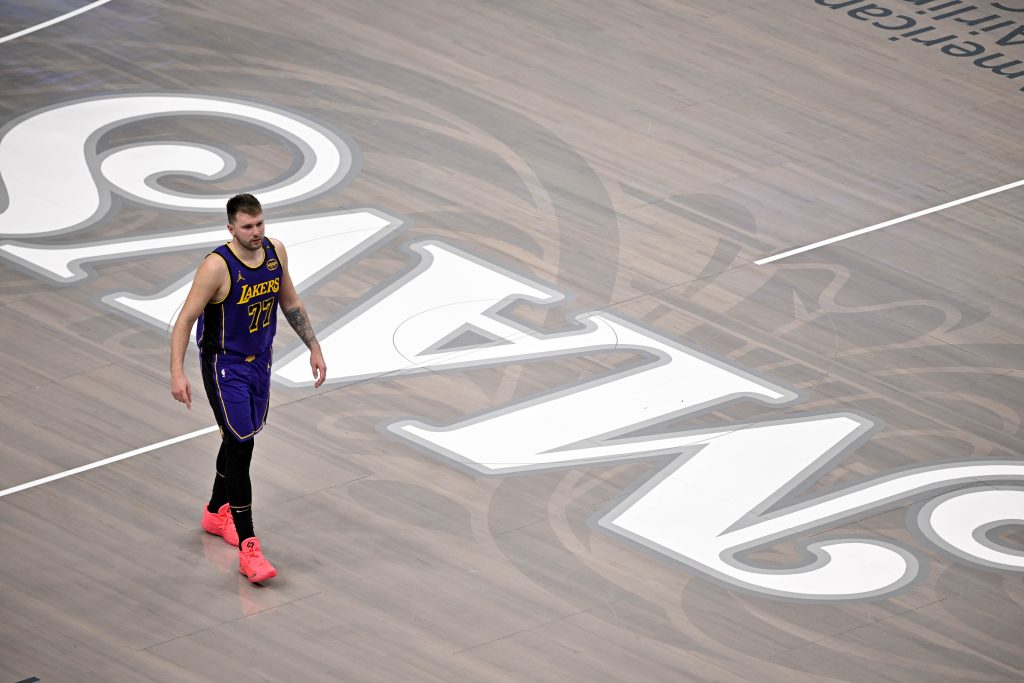
Dig a little deeper, and the Mavericks’ motivations add fuel to the fire. They cited Dončić’s conditioning and defensive struggles, but he’d just led them to the Finals, and at 25, he was a lock for a $345 million supermax extension—a deal they reportedly didn’t want to pay. Trading him also got them under the luxury tax, a move owner Patrick Dumont called a “risk-allocation decision.” Meanwhile, the Pelicans in 2019 were a small-market team with little leverage once Davis demanded out—sending him to LA was the best deal on the table. In both cases, the Lakers came out on top, while the Pelicans and Mavericks got their draft lottery “miracles.” Is it possible the NBA nudges these outcomes to keep the league’s competitive balance while ensuring its biggest franchises stay dominant? The lottery process is supposedly random, but the secrecy around it—held in a closed room with limited witnesses—leaves room for skepticism.
For fans, these trades are a rollercoaster. Pelicans supporters got Zion, a highlight-reel player who could be a superstar if he stays healthy. Mavericks fans, still stinging from losing Dončić, now have Flagg to dream on, but the trade’s fallout has left a bitter taste—some are even abandoning the team, feeling betrayed by the front office’s lack of loyalty. The Lakers, meanwhile, are sitting pretty, with Dončić as their new cornerstone and a legacy of winning trades that keep them in the driver’s seat.
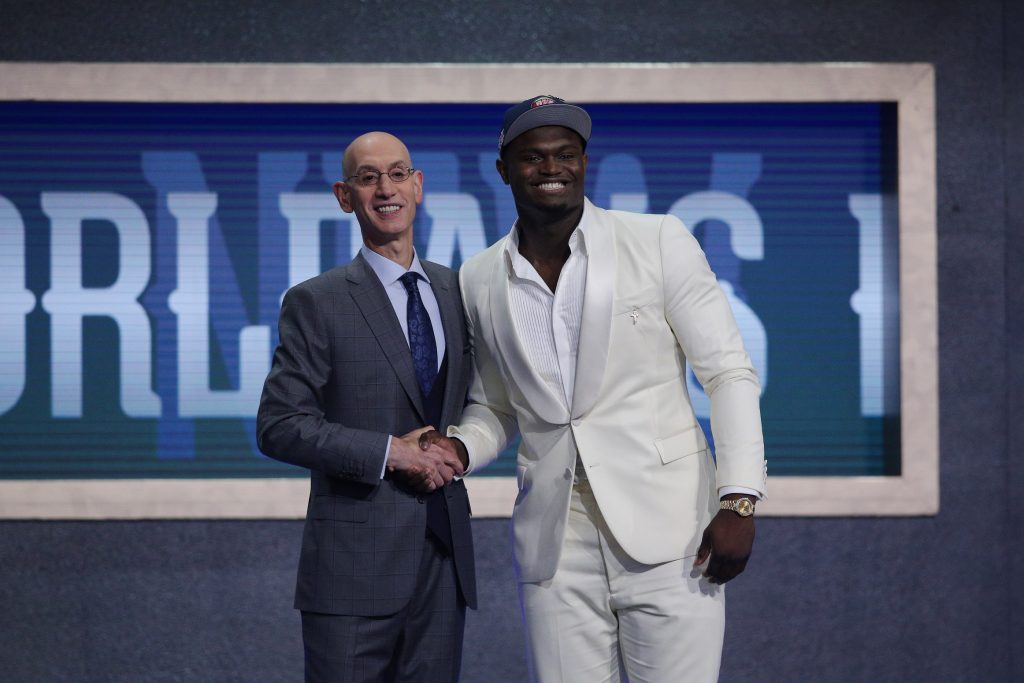
So, what’s the real story? On one hand, these could just be wild coincidences—two teams getting lucky after tough trades. On the other, the NBA’s history of favoring big markets, combined with the sheer improbability of these lottery wins, makes you wonder if there’s more at play. The league’s a business, after all, and keeping the Lakers on top while giving small-market teams a lifeline looks awfully convenient. Whether it’s pure luck or something more orchestrated, one thing’s for sure: these trades have changed the NBA’s landscape, and the ripples—along with the whispers—will be felt for years to come. What do you think? Is this just the basketball gods at work, or is there a bigger game being played behind the scenes?

